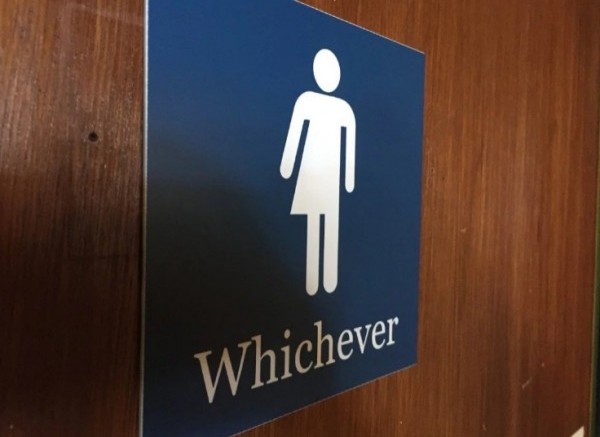A prenatal ultrasound test can definitively reveal whether a human who is safely developing in the womb is male or female. And since the early days of humanity, long before ultrasounds had come about, people have known that each human baby is either a male or female. A person is one or the other, but not both at the same time.
This obvious fact has been accepted over time and backed up by science. However, the Environmental Protection Agency (EPA) somehow thinks it can bypass reality and long-accepted societal standards to create its own definitions and policies on how gender is defined.
False claims
“Gender identity is ‘[o]ne’s innermost concept of self as male, female, a blend of both or neither—how individuals perceive themselves and what they call themselves,’” the EPA claims. The problem is that this is utterly false. One does not determine one’s own gender; one is born as one gender, not a mixture of both male and female. Gender is not based on one’s “innermost concept of self.” A person can no more determine what gender (or mix of genders) they are than what race they are. This is obvious fact, backed up by such biological realities as gender-based anatomical characteristics, traits and hormones.
Collecting highly personal employee information
The EPA is collecting data from its employees through the Sexual Orientation Gender Identity (SOGI) program, asking them to voluntarily provide information on their sexual orientation and on whether they identify as male, female or a combination of both genders.
In addition to spreading the lie that a person can be a hybrid of both male and female at the same time, the EPA indicates that a person can identify with no gender at all. Not too many years ago, this type of idea would have been considered preposterous and laughable. But now, people in the federal government distribute ideas like these with straight faces.
Expanding information-gathering reach
The program was originally carried out just in the Midwest region of the country, and has recently become a national information-gathering initiative. By 2017, it is expected that the EPA will collect gender identity and sexual orientation information not just from employees, but also from those applying for jobs within the powerful federal agency.
The EPA’s goal in gathering this information from employees and candidates nationwide is to create more inclusive workplaces, and it believes that having this intimate information is essential for workplaces to be inclusive of all gender identifications and sexual orientations.
Matt Fritz, the EPA’s chief of staff, claimed in an announcement that the SOGI information would be an “important resource for developing workforce engagement strategies and improving organizational performance.” However, it is unclear how knowing about employees’ gender identifications and sexual orientations would accomplish those lofty objectives.
Privacy and security concerns
Collecting such personal and private information about employees should be a concern to everyone, especially considering that it is not clear how the EPA would handle the information, how it would use the information at some point in the future, and whether it would manage to keep the information private. With the reality of cyber attacks today, it is not guaranteed that the information would stay under lock and key.
The people at the EPA who are grossly misleading others when it comes to facts about gender need to emerge from their delusions and live in reality. The sooner it realigns such skewed thinking with the real world, the more effective the EPA will be at getting back to its real job of protecting our environment.
Sources:


